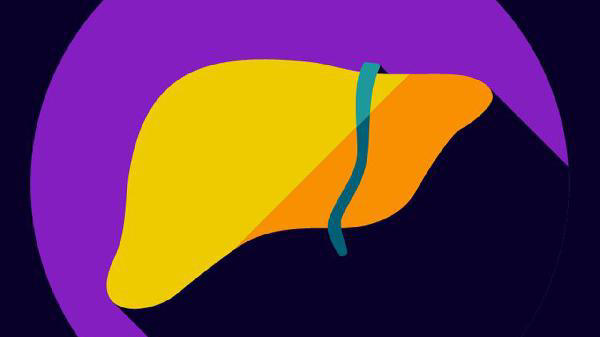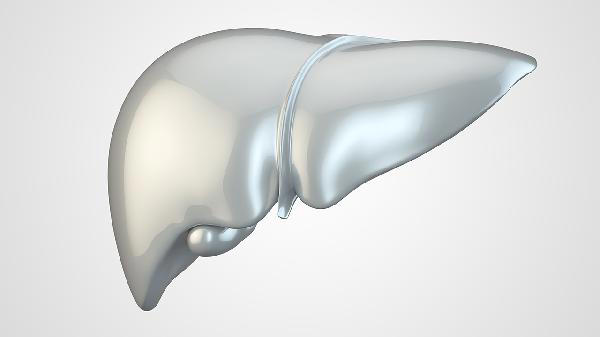
Fatty liver disease, the “silent killer,” is quietly targeting more and more people. Did that glaring “fatty liver” diagnosis on your medical report immediately prompt you to order a fitness tracker and vow to walk 10,000 steps a day? But don’t rush to increase your step count just yet. The truth about the relationship between exercise and fatty liver disease may be different than you think.

1. Can walking 10,000 steps really eliminate fatty liver?
1. Exercise is effective but not a panacea
Aerobic exercise can promote liver fat metabolism, but relying solely on walking has limited effect. Studies have shown that 150 minutes of moderate-intensity exercise per week can significantly improve mild fatty liver.
2. Step count isn’t the only criterion
Rather than mechanically pursuing 10,000 steps, you should focus more on exercise intensity. Only when you can achieve a state of slight sweating and a slight breathlessness when talking can you effectively activate fat burning.
3. Dietary adjustments are necessary
Exercise alone is a drop in the bucket for fatty liver disease caused by a high-sugar, high-fat diet. Walking 20,000 steps a day while eating milk tea and fried chicken every day may actually increase the burden on the liver.
2. More effective exercise plans
1. Interval training is more effective
Try alternating between fast walking and slow walking: 3 minutes of fast walking (heart rate reaches 60%-70% of the maximum value) + 2 minutes of slow walking, cycle 6-8 sets, and fat metabolism efficiency will increase by 40%.
2. Add resistance training
Strength training twice a week can increase muscle mass. For every kilogram of muscle added, the basal metabolic rate increases by about 50 kcal, which is equivalent to consuming an extra spoonful of oil per day.
3. Fragmented movement is also effective
Doing wall squats in the office or lifting your legs while watching TV can help improve insulin resistance when these micro-exercises are accumulated.

3. Precautions during exercise
1. Increase intensity gradually
People who never exercise suddenly walk 10,000 steps a day, which may cause knee injuries. It is recommended to start with 3,000 steps a day and increase the amount of exercise by 10% each week.
2. Choose the right time to get twice the result with half the effort
Exercising on an empty stomach in the morning can increase fat consumption by 20%, but people with low blood sugar should be cautious. Exercising one hour after a meal is most effective in regulating blood sugar.
3. Pay attention to your body’s signals
If you experience dull pain in the right upper abdomen or unusual fatigue after exercise, be alert to worsening fatty liver disease. Ultrasound and liver function tests are recommended every three months.
4. Avoid these misunderstandings
1. Sweating more does not mean fat loss
Walking while wrapped in plastic wrap only causes dehydration and does nothing to help the liver metabolize fat. Sudden weight loss may actually increase the burden on the liver.
2. Spot fat reduction is unrealistic
Doing crazy sit-ups won’t “burn” liver fat. Fat metabolism is systemic and requires comprehensive exercise.
3. Not all fatty livers are suitable for exercise
For patients with moderate to severe fatty liver disease, strenuous exercise may induce elevated transaminases, and a doctor’s evaluation is required before formulating a plan.

Improving fatty liver disease is a long-term battle, requiring a multi-pronged approach involving exercise, diet, and a healthy lifestyle. Instead of focusing on your steps, develop a habit of being active at all times. Remember, the best exercise is the one you can stick with long-term. Start today and protect your “little liver” the scientific way!
Warm reminder: The medical knowledge in the content is for reference only, does not constitute a medication guide, and is not a basis for diagnosis. Do not operate on your own without a medical qualification. If you feel unwell, please go to the hospital in time.




